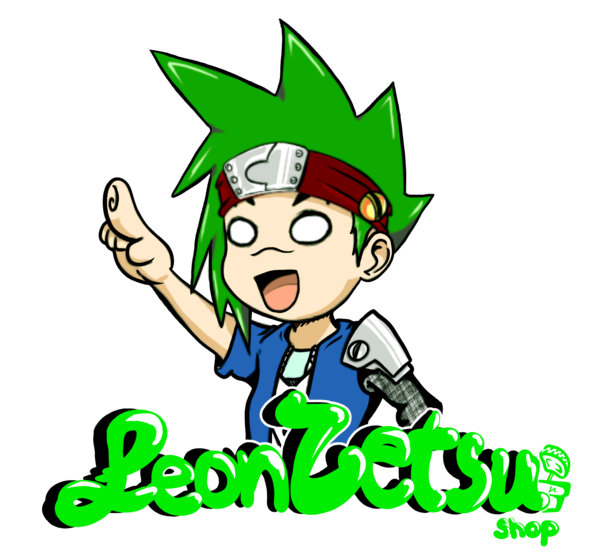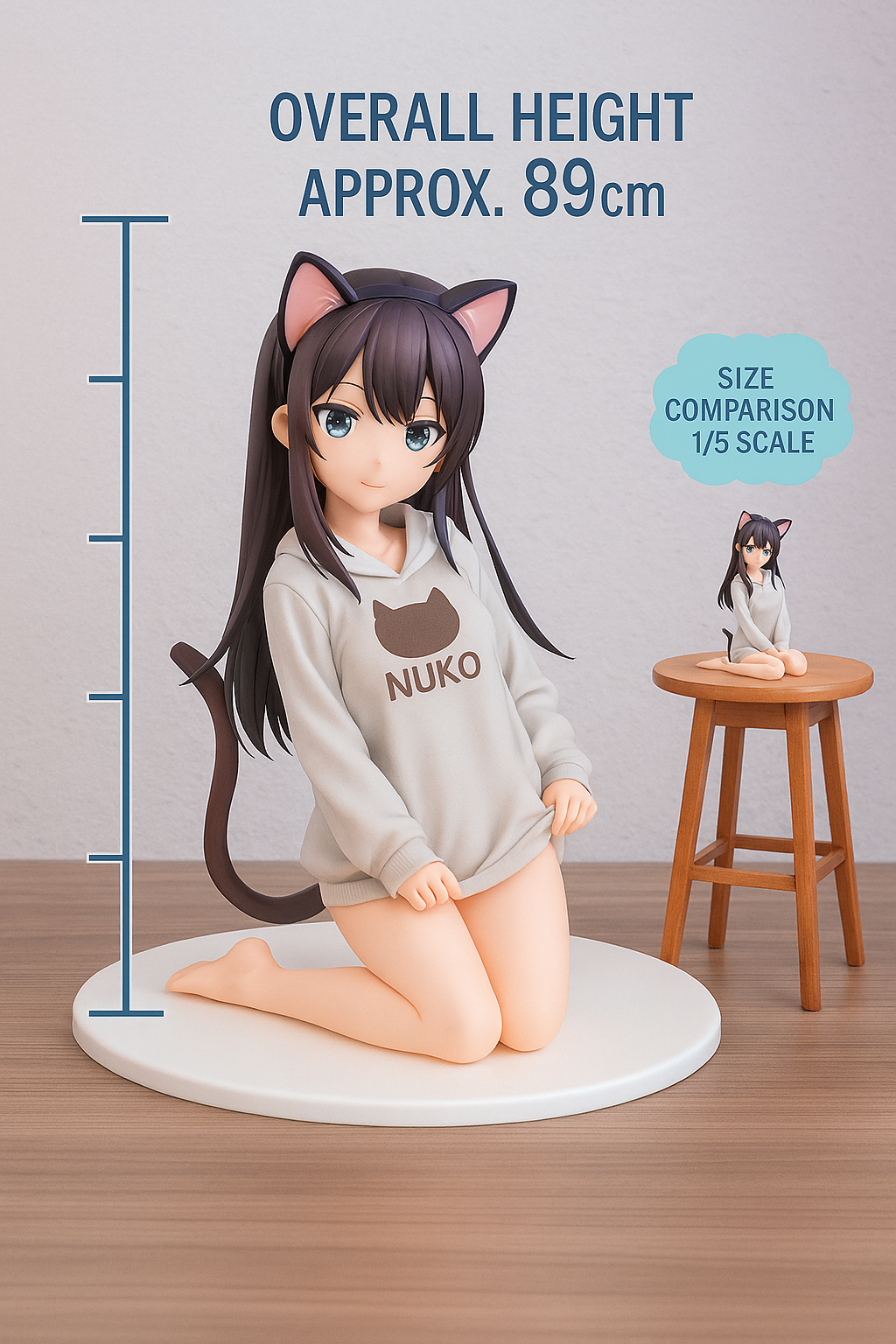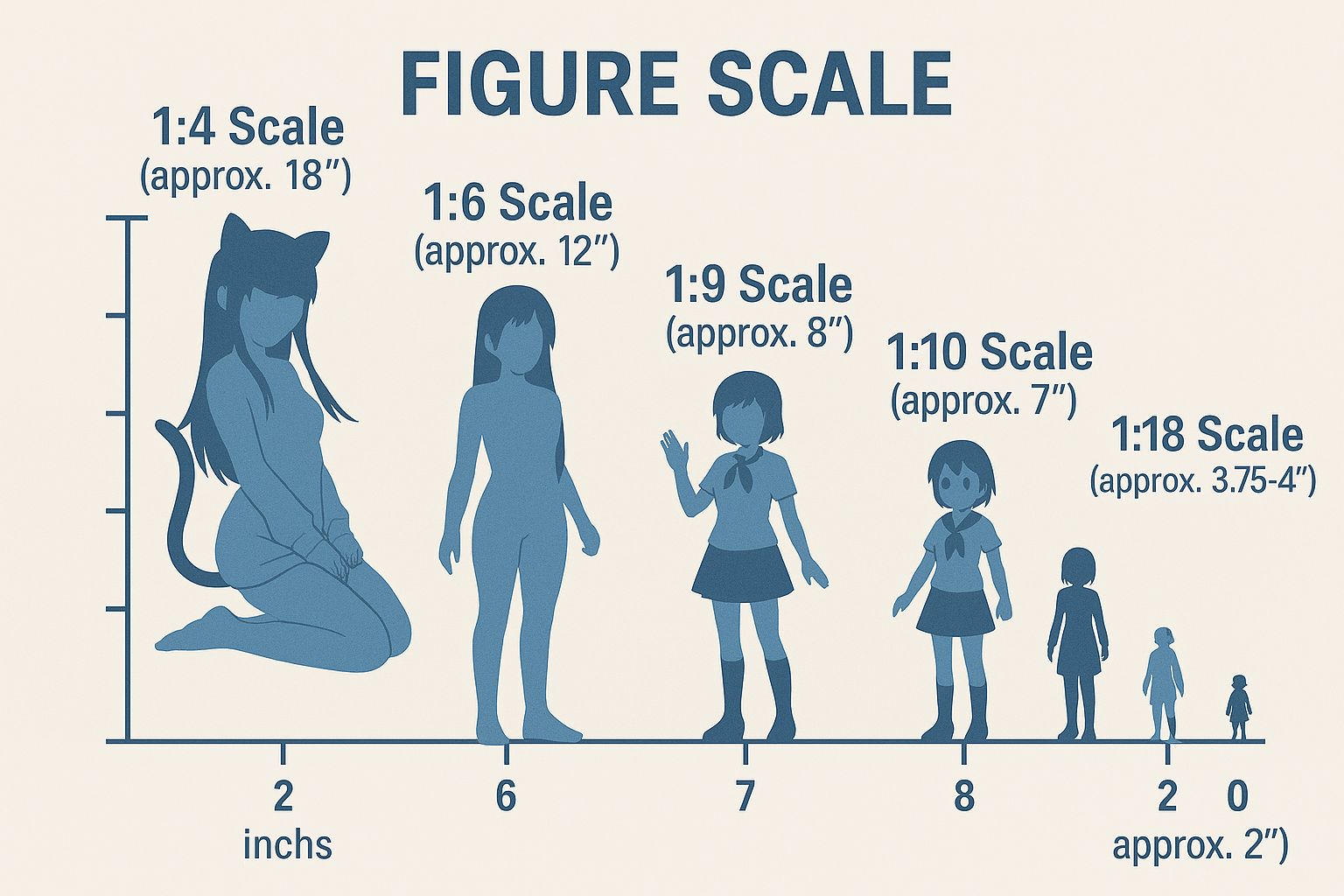

Leon Zetsu Collectibles
3d print files, model Kits, apparel, and knick-knacks.
undestanding scales when ordering

🧍♂️Understanding Figure Scales: A Collector’s Guide
Action figures come in all shapes and sizes, but if you're serious about collecting, simply measuring one with a ruler won’t cut it. To truly speak the language of collectors and toy companies, you need to understand scale—the shorthand that tells you how a figure stacks up against its real-life counterpart. And let’s be honest, it sounds way cooler to say you scored a “1:10 scale Batman” than just “a seven-inch figure.”
📏 What Does “Scale” Mean?
In the world of figures, scale refers to the ratio between the figure’s size and the size of a real human. Most toy companies base their measurements on an idealized six-foot-tall person—think heroic icons like Batman or Darth Vader. So:
- A figure that’s six feet tall would be 1:1 scale.
- A three-foot figure would be 1:2 scale.
- A six-inch figure? That’s 1:12 scale.
Over time, certain scales have become industry standards. Here’s a breakdown of the most common ones, from largest to smallest:
🧸 1:4 Scale (Approx. 18")
One of the largest commonly used scales, 1:4 figures often blur the line between action figures and dolls. These typically feature realistic hair and cloth clothing. Notable examples include Sideshow’s Premium Format figures and Tonner’s superhero dolls.
🪖 1:6 Scale (Approx. 12")
This scale holds a special place in toy history—it’s the size of the original G.I. Joe, the first figure to be dubbed an “action figure.” Throughout the '60s and '70s, 12" figures dominated, with companies like Kenner and Mego releasing Star Wars and superhero dolls in this format.
🦸♂️ 1:9 Scale (Approx. 8")
Popularized by Mego’s World’s Greatest Heroes line in the late '70s and early '80s, this scale became a staple of toy aisles. Other companies like Ideal followed suit with monster and Evel Knievel figures. Even G.I. Joe shrunk to this size—partly due to a plastic shortage!
🛡️ 1:10 Scale (Approx. 7")
Today’s reigning champion among adult collectors, the 1:10 scale is home to lines like Mattel’s DC Universe and Hasbro’s Marvel Legends. Mattel’s Masters of the Universe Classics also reimagined vintage characters in this format. It’s a sweet spot for detail and displayability.
🚀 1:18 Scale (Approx. 3.75–4")
This scale exploded in popularity thanks to Kenner’s Star Wars line in the late '70s. Compact, affordable, and perfect for vehicles, it became the gold standard for nearly two decades. G.I. Joe: A Real American Hero thrived here, along with figures from Indiana Jones, Tron, and TV hits like The Dukes of Hazzard.
While 3.75" was the norm, a true 1:18 scale figure should be 4". Recent revivals have brought new lines from Marvel, DC, Star Wars, and G.I. Joe back to this beloved format.
🎬 1:12 Scale (Approx. 5–6")
If you collected movie-based figures in the '90s—Jurassic Park, Last Action Hero, Congo—you’ve seen this scale. It dominated the decade, pushing aside the 3.75" format and setting a new standard. Though less common today, it remains a nostalgic favorite.
🧱 1:48 Scale (Approx. 2")
Thanks to the rise of Lego minifigures and similar building set characters like Mega Bloks, the two-inch figure is gaining serious traction. Fully articulated and highly collectible, these mini marvels might just become the next big thing in scale collecting.
Whether you're a seasoned collector or just starting out, understanding scale helps you navigate the action figure universe with confidence—and style. So next time you're chatting on a forum or browsing toy shelves, you'll know exactly what that “1:10 scale” label really means.
In summary, here are the scales I use when you ask me for commission work

1:4 Scale (approx. 18")
1:6 Scale (approx. 12")
1:9 Scale (approx. 8")
1:10 Scale (approx. 7")
1:18 Scale (approx. 3.75-4")
1:12 Scale (approx. 5-6")
1:48 Scale (approx. 2")
Click HERE and fill out the form if you'd like a commission from me
You are also welcome to message me directly at my Instagram for any questions regarding commissions Here: INSTAGRAM
About Us

leon zetsu
Freelance Artist
hi i'm Leon zetsu, im been 3d modeling for over 8 years doing freelance work here and there but just recently started selling my personal work and commissions